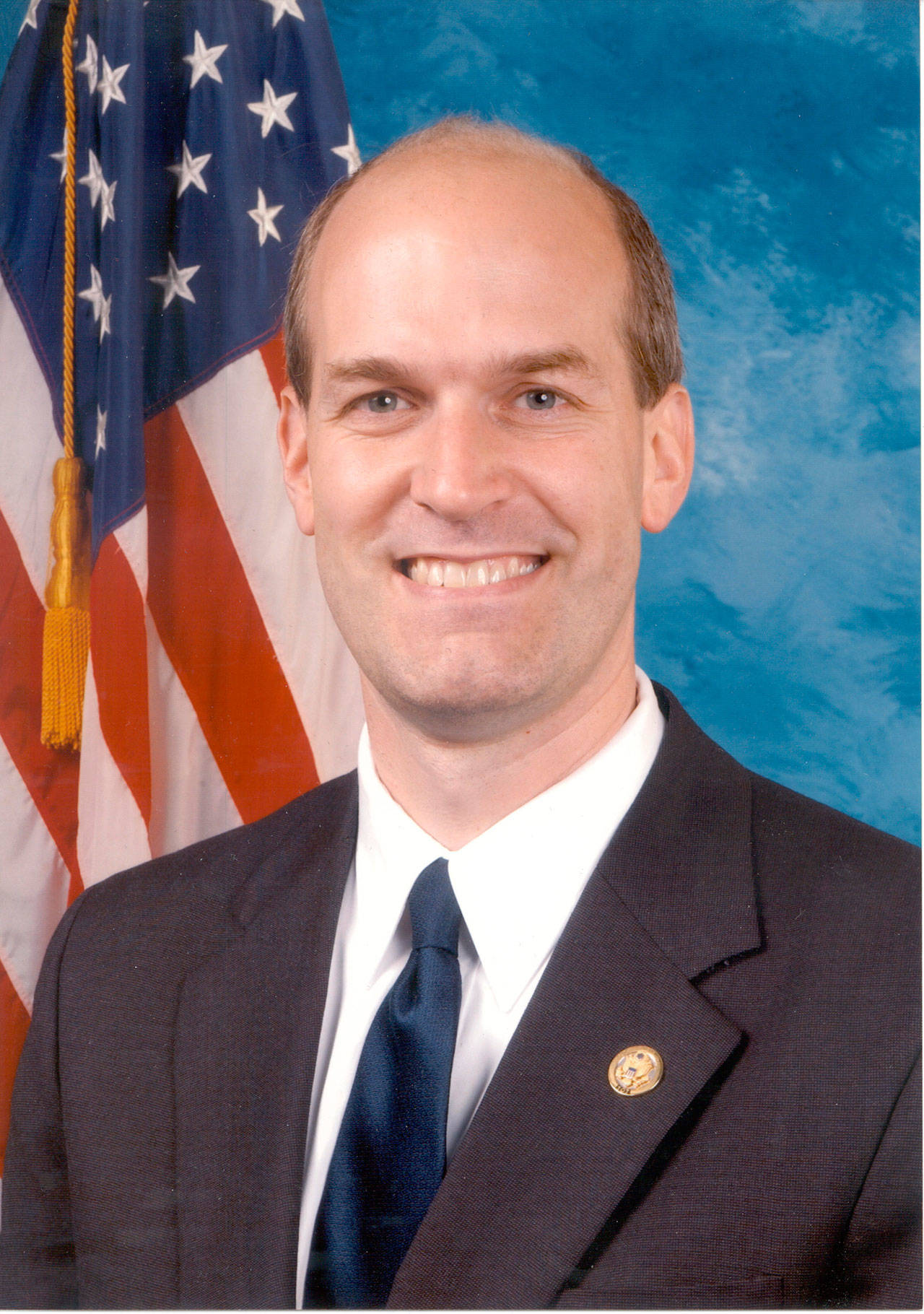Submitted by Rep. Rick Larsen’s Office
Editor’s note: The following is a letter sent from U.S. Rep. Rick Larsen on June 29 to Richard Spencer, secretary of the U.S. Navy.
Dear Secretary Spencer,
As the Navy prepares to issue a final Environmental Impact Statement for EA-18G Growler airfield operations at Naval Air Station Whidbey Island, my constituents and I have questions about the inputs to the EIS and requests for future action.
On June 25, the Navy announced the preferred alternative in the upcoming final EIS would be Scenario 2A. Under this scenario, there will be 118 Growler aircraft at NASWI, with a force structure of nine carrier-based squadrons of seven aircraft each, five expeditionary squadrons of five aircraft each, one reserve squadron of five aircraft, and a fleet replacement squadron consisting of 28 aircraft.
In addition, field carrier landing practice would be distributed with 20 percent of FCLPs at Ault Field and 80 percent at Outlying Field Coupeville. This would increase authorized annual FCLP operations at the OLF from 6,120 to 23,700. I am concerned by the magnitude of change this action would represent for Central Whidbey Island communities.
The Navy has informed me the final EIS will be published in September, with a Record of Decision at least 30 days afterward. My constituents deserve more information and answers to our questions. I am committed to getting those answers.
1. The FEIS will recommend conducting 80 percent of FCLPs at the OLF. This is a significant departure from the historical distribution. Only twice in the past 40 years have more than 50 percent of FCLPs been conducted at the OLF. While I understand Ault Field is a full-use facility, and the OLF can only support FCLPs, this is still a dramatic change to operations. Why were the other scenarios with a less extreme distribution rejected?
2. Under Scenario 2A, the total number of Growlers at NASWI will increase by 44 percent, but the total number of FCLPs will increase by 287 percent. What accounts for this disproportionate impact, and is equitability a factor in determining a preferred alternative?
3. At how many sites on Whidbey Island has the Navy conducted noise monitoring, as distinct from noise modeling? For how many days was noise recorded?
4. Concentrating aircraft and training in one location saves-taxpayer money, and I appreciate the Navy’s efforts to promote further efficiencies. But it also exposes small communities to significant impacts. Will the Navy commit to funding mitigation efforts, including, but not limited to, construction of a hush house, funding for research and eventual installation of chevrons and other measures as necessary, particularly if a land use study makes disruptive zoning recommendations?
NASWI is a premier installation, as reflected in its receipt of the Installation Excellence Award twice in the past three years. This is a credit to the leadership, sailors and the entire community.
While I am steadfast in my support for NASWI, the women and men who serve there and their families, the Navy must answer questions about its decision-making process and impact on the local community. I expect open communication, transparency and a commitment to collaborate on measures to mitigate these impacts going forward.
I look forward to your response.
Rick Larsen
Member of Congress
Washington State, 2nd District



